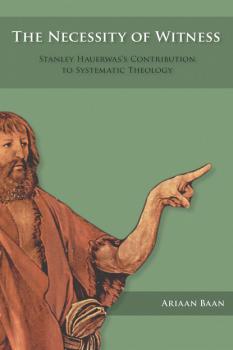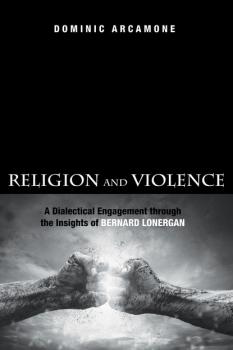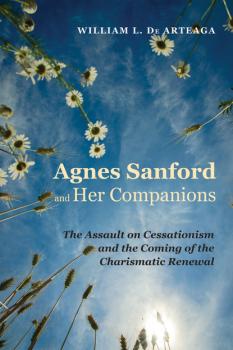20150817
Скачать книги из серии 20150817The Necessity of Witness
The role of witness is a recurring theme in the work of Stanley Hauerwas: it is through enacting the truth in a world of lies, through seeking peace in a world of violence, that witnesses show who God is, who we are, and what the world is like. The Necessity of Witness is a study of Hauerwas and his fascinating but complex understanding of witness. Ariaan W. Baan argues that Hauerwas's approach makes a significant contribution to current debates in systematic theology on the relation between truth and life. Reading Hauerwas can be a precarious adventure. His rhetoric is overwhelming, but his argument is not always crystal clear and carefully formulated. With the help of semiotic and philosophical analysis and biblical exegesis, Baan articulates Hauerwas's intuitions, fills some of the gaps in his argumentation, and discloses hidden biases. The results of this analysis sometimes surprise. Baan notes that unexpected pericopes in Scripture such as Isaiah and Revelation support Hauerwas's account of witness, and concludes that his work offers insight into how in our late modern society such diverse groups as martyrs and pop stars offer implicit witness through their lives.
Religion and Violence
The aim of Religion and Violence is to engage dialectically key symbols of religiously motivated violence through the insights of Bernard Lonergan. Sociologists and psychologists argue the link between religion and violence. Religion is viewed more as part of the problem and not part of the solution to violence. Bernard Lonergan's insights have helped the author arrive at a number of conclusions regarding the link between religion and violence. He argues that there is a difference between distorted religion and genuine religion, between authenticity and inauthenticity of the subject. Distorted religion has the capacity to shape traditions in ways that justify violence, while genuine religion heals persons, helps them make different moral decisions when confronted with situations of conflict, and aims to explore new ways of understanding themselves as shaping history toward progress. Further, Religion and Violence, while arguing from within the Catholic Christian tradition, nevertheless seeks to provide a number of categories that will speak to people from other cultural traditions. Since many of the examples of religious violence cited by commentators come out of the Islamic tradition, the author has evidenced and explored more authentic aspects of the Islamic tradition that would help provide a solution to violence.
Agnes Sanford and Her Companions
Agnes Sanford was arguably the most original and spiritually fruitful theologians of the twentieth century. Among her achievements were the discovery and development of the inner healing ministry, the development of a theology of the light of God (missing in Western theology), and the first ever theology of «nature prayers»–as in stilling storms. She and her husband developed a school to teach ministers and lay leaders healing and deliverance prayer, and the gifts of the Spirit a decade before the charismatic renewal made such things acceptable in mainline churches. In spite of these achievements, she is largely ignored and unrecognized today.
This work examines her career and shows why her theology, though deeply biblical, was unacceptable to «orthodox» critics. Sanford was part of a group who worked from the 1900s through the 1960s to make healing and deliverance prayer as normal in church. They had to confront the erroneous established theology of cessationism, which affirmed that the healing ministry of the church was past.


